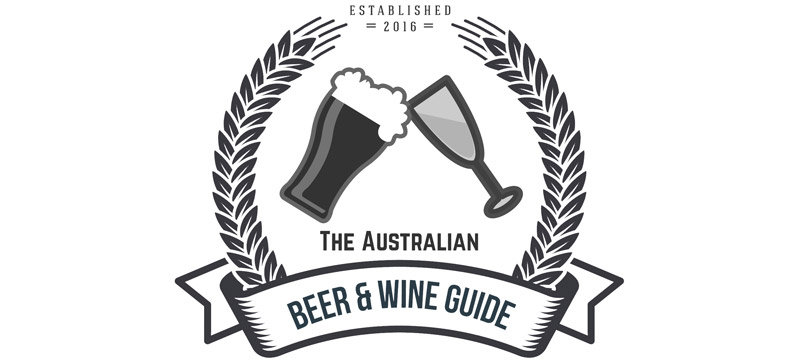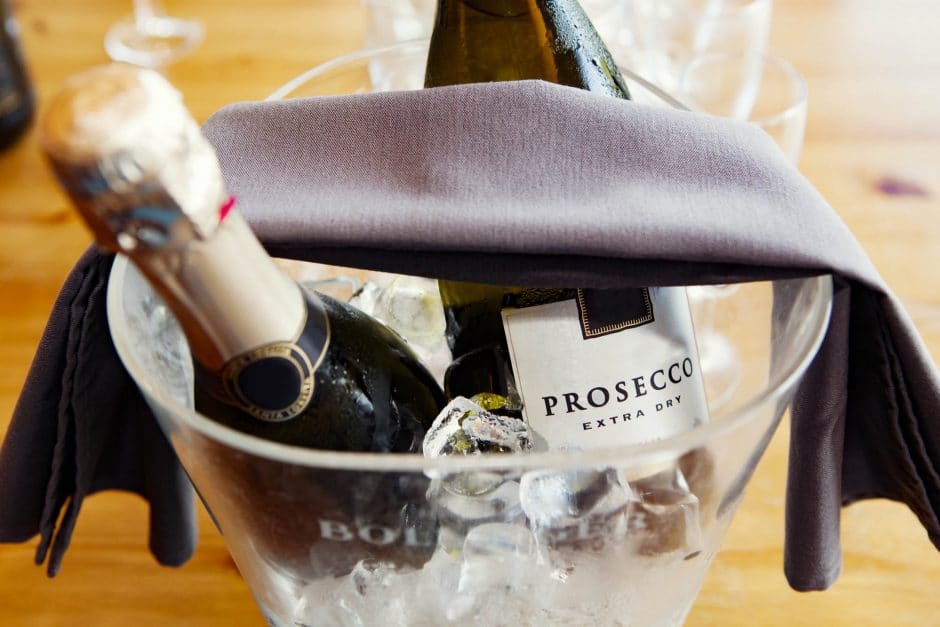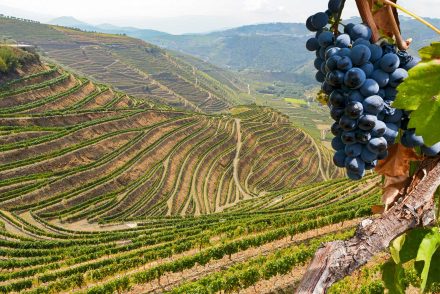If you don’t frequently drink wine or stick to a preferred kind, you might not know what Prosecco is. You may have heard wine drinkers order their wine at the table using this word. Is it champagne or white wine? If you’ve ever wondered, “What is Prosecco wine?” you’re sure to find answers in this article.
Prosecco is a light and hearty wine, great for everyday enjoyment or special occasions. Contrary to popular belief, Prosecco is not champagne. While they are both sparkling wines, there is one distinct difference. Champagne is made in the Champagne region of France. However, Prosecco is made in Italy and cannot be considered champagne. Now that we know what Prosecco is not, let’s talk about Prosecco wine.
Facts About Prosecco Wine
Prosecco is a type of sparkling wine produced in the North-Eastern part of Italy. The wine is named after Prosecco, a town in northwest Italy where the original Prosecco grapes were grown. However, Prosecco is now made in the Italian provinces of Veneto and Friuli Venezia Giulia.
Unlike champagne, which can only be made in France, Prosecco is produced in nine provinces in northeast Italy. These provinces cover a total area of about 20,000 hectares of land. Prosecco has seen increased popularity outside of Italy, and many people now consider the drink a cheaper alternative to champagne. Wine lovers adore Prosecco for its refreshing simplicity and range in sweetness. Moreover, the wine is the most famous sparkling wine in the United Kingdom.
Winemakers use Glera grapes (formerly known as Prosecco grapes) to make Prosecco. These grapes are primarily grown in Veneto, Italy. Moreover, they create a range of Prosecco wines — from flat to sparkling. While some producers make their Prosecco from only Glera grapes, others include other kinds. These grape varieties give their Prosecco a unique flavour.
Prosecco has gained a steady increase in popularity in the Australian market. However, their production of this wine has been threatened with legal issues. These issues stem from their use of “Presecco” when referring to their wines.
Overall, many wine lovers enjoy this wine’s bubbliness, great fruity flavour, and affordability. For these reasons, Prosecco has become a new favourite for many young and new wine drinkers.
Check Prosecco Wine Prices Online

Prosecco Wine Production Method
As we said earlier, winemakers make Prosecco from Glera grapes (previously Prosecco grapes). These grapes grow in the Veneto region of North-East Italy. The grapes are responsible for the subtle fruity aromas and undertones of Prosecco. Wine lovers enjoy the final product with the fruity additions of honeysuckle, pear, and green apple.
After harvesting the Glera grapes, the resulting base wine undergoes two fermentation processes. These processes make up winemaking’s Charmat sparkling method (or the tank method). Firstly, the producers mix the base wine, yeast, and sugar inside a pressure tank. The CO2 will dissolve into the wine as fermentation begins due to the air pressure. After that, winemakers filter out the yeast and bottle the Prosecco. From there, the secondary fermentation process lasts up to six weeks.
The secondary process traps the bubbles in the wine and puts the Prosecco under three atmospheres of pressure. The amount of pressure determines the longevity of the wine’s bubbles when poured into a glass. In comparison, champagne’s traditional fermentation process requires five atmospheres of pressure. Thus, champagne has longer-lasting bubbles than Prosecco. In addition, winemakers don’t allow the Prosecco after the secondary fermentation, retaining its fruity flavour and aroma.
The Charmat method is a less expensive fermentation method that produces high-quality wines. While most Prosecco makers use this method, not all Proseccos are of the same standard. For example, some Proseccos are higher-quality because winemakers use higher-quality grapes.
Check Prosecco Wine Prices Online
Prosecco Quality Classification Labels
Traditional Prosecco winemakers have fought hard to establish an indicator for their wine’s quality. Since there is no fixed geographical indicator for Proseccos, it became necessary to use another means of classifying the wine. If you see a Prosecco bottle, you are likely to see either a “DOC” or “DOCG” label. These labels are quality indicators. Moreover, they indicate where manufacturers make the wine.
A Prosecco with the “DOC” label indicates a wine made in any of the nine approved provinces. Winemakers produce these wines under strict standards, so they’re great in quality. There are two additional special DOC designations: “Prosecco DOC Trieste” and “Prosecco DOC Treviso.” These labels indicate that the winemaker made these wines in the regions of Trieste and Treviso.
On the other hand, “DOCG” is an indicator of a high-quality Prosecco following strict production laws on the hills between Conegliano and Valdobbiadene. Note that this region lies in the Treviso province. Prosecco made in this religion is a fine blend of different grapes from all the micro-regions in the area.
One variant of the “DOCG” label is the “Valdobbiadene Superiori Di Cartizze DOCG” label. If this label is on a bottle of Prosecco, you can bet that it is of excellent quality. Winemakers make Prosecco with this label using grapes from Cartizze Hill. This region of the country produces incredible grapes because of its amazing microclimate. Moreover, farmers hand-harvest these grapes to preserve their quality.

Frequently Asked Questions (FAQ)
- How does Prosecco taste?
Proseccos have a light, airy taste that is common in clear sparkling wines. The sweetness of the wine will also depend on what kind you buy. The Glera grapes in Prosecco are naturally sweet and fruity. Winemakers may also include strong notes of apple, peach, melon, and other delicious fruits.
A Prosecco wine can be brut, extra brut, dry, extra dry, or demi-sec. Extra brut Prosecco has the driest taste and contains no more than six grams of sugar in every litre. Demi-sec is the sweetest, containing up to 50 grams of sugar per litre. The Brut types are the most popular, while the sweeter variants of demi-sec are far less common.
- What are some great food pairings for Prosecco?
Due to its flavour palette, Prosecco is very food-friendly. Thus, the wine pairs well with a wide variety of foods. For example, you can pair Prosecco with spicy Thai or Vietnamese cuisine thanks to its light, airy taste. When serving Prosecco, you can prepare a platter with cheeses, sliced meats, and fruits of your choosing. Moreover, Prosecco is great for making brunchtime mimosas.
- When can you drink Prosecco?
You can drink Prosecco at any time. Due to its light, aromatic flavour, it’s perfect for any event. You can enjoy your glass of wine with dinner or at a restaurant. Additionally, you can enjoy your Prosecco while reading a book, watching your favourite television show, or sitting out by the pool. However, when you drink, ensure you’re drinking responsibly. Don’t overindulge and avoid operating heavy machinery.
Conclusion
In summary, Prosecco is a sparkling white wine originating from Italy. Moreover, the wine is a perfect choice for any occasion. You can pair Prosecco with various foods, whether that be a five-star meal or a platter of cheese and meats. Wine enthusiasts enjoy Prosecco for its bubbliness and its light, airy taste.
Prosecco is well on its way to becoming the most popular and best-selling sparkling wine in the world. The name Prosecco has become synonymous with fun times in many places. Whether you’re a wine connoisseur or a newbie, it’s easy to fall in love with Prosecco.
Check Prosecco Wine Prices Online





No Comments